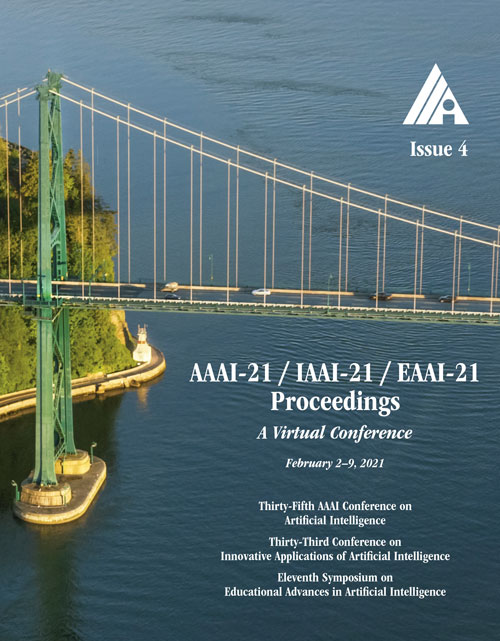Exploiting Sample Uncertainty for Domain Adaptive Person Re-Identification
DOI:
https://doi.org/10.1609/aaai.v35i4.16468Keywords:
Image and Video RetrievalAbstract
Many unsupervised domain adaptive (UDA) person ReID approaches combine clustering-based pseudo-label prediction with feature fine-tuning. However, because of domain gap, the pseudo-labels are not always reliable and there are noisy/incorrect labels. This would mislead the feature representation learning and deteriorate the performance. In this paper, we propose to estimate and exploit the credibility of the assigned pseudo-label of each sample to alleviate the influence of noisy labels, by suppressing the contribution of noisy samples. We build our baseline framework using the mean teacher method together with an additional contrastive loss. We have observed that a sample with a wrong pseudo-label through clustering in general has a weaker consistency between the output of the mean teacher model and the student model. Based on this finding, we propose to exploit the uncertainty (measured by consistency levels) to evaluate the reliability of the pseudo-label of a sample and incorporate the uncertainty to re-weight its contribution within various ReID losses, including the ID classification loss per sample, the triplet loss, and the contrastive loss. Our uncertainty-guided optimization brings significant improvement and achieves the state-of-the-art performance on benchmark datasets.Downloads
Published
2021-05-18
How to Cite
Zheng, K., Lan, C., Zeng, W., Zhang, Z., & Zha, Z.-J. (2021). Exploiting Sample Uncertainty for Domain Adaptive Person Re-Identification. Proceedings of the AAAI Conference on Artificial Intelligence, 35(4), 3538-3546. https://doi.org/10.1609/aaai.v35i4.16468
Issue
Section
AAAI Technical Track on Computer Vision III

